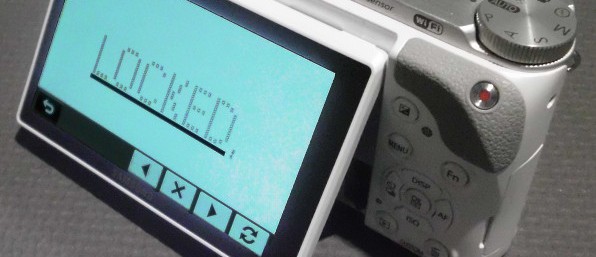Imagine a camera that took encrypted pictures. If your camera is stolen, the only thing on the memory card would be random data that can only be unlocked with a key. If you hire a photographer, those images cannot be copied without the key. At the very least, it’s an interesting idea made impressive because this actually exists.
[Doug] recently got his hands on a Samsung NX300, a nice camera for the price that conveniently runs Linux and is kinda open-sourced by Samsung. With special firmware, [Doug] created public/private key encryption for this camera, giving only the person with the private key the ability to unlock the pictures taken with this camera.
[Doug] started his build by looking at the firmware for this camera, figuring out how to take everything apart and put it back together. With a few modifications that included encryption for all images taken with this camera, [Doug] repackaged the firmware and upgraded the camera.
The encryption firmware is available on the site, but considering how easily [Doug] was able to make this hack happen, and a great walkthrough of how to actually do it raises some interesting possibilities. The NX300 is a pretty nice camera that’s a little bit above the Canon PowerShot cameras supported by CHDK. It also runs Linux, so if you’re looking for something cool to do with a nice camera, [Doug] has a very good resource.












